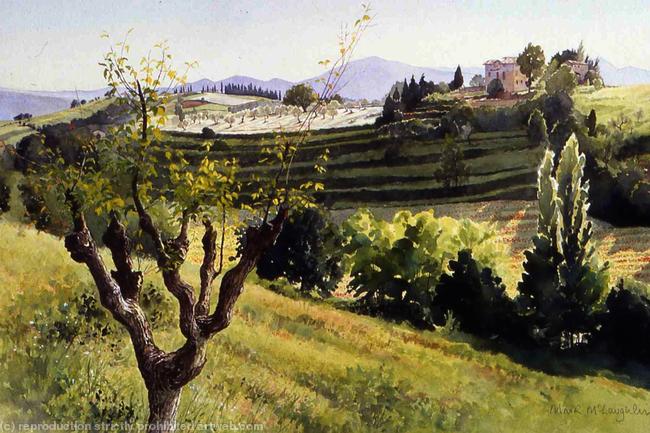The landscape has always held a unique fascination for artists. The miles of uninterrupted horizons where endless variations of light and weather conditions play across an almost endless vista have drawn painters to the countryside for centuries. Just writing that sentence makes me want to head outside with an easel and paints under arm.
History offers endless examples — from van Gogh’s wheat fields to Monet’s flora and fauna and Constable’s English rolling countryside. Add to this forests, wetlands and deserts and there are enough views to challenge even the pickiest of painters.
Every artist interprets the world around them differently, and it is this endless possibility that keeps us enthralled. With that in mind, we have selected five Artweb landscape artists to showcase how they approach such an endless subject.
Steve Elliott
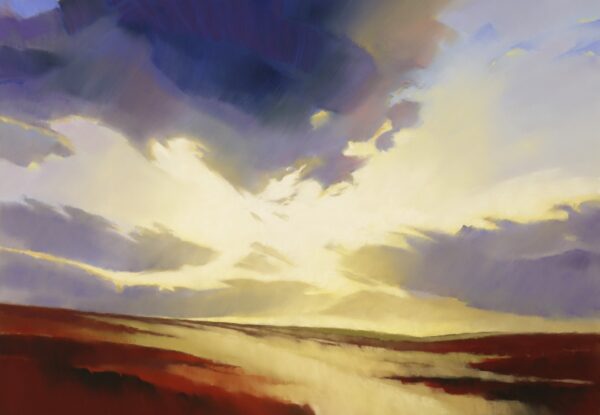
UK-based artist Steve Elliott is drawn to seasonal changes in one of England’s most famous national parks. “I feel very much at home walking in the Peak District and love being outdoors surrounded by the natural world,” he says. “My inspirations are seasonal changes, expressive skies and transient effects of light and color.
“Light in the landscape energizes and uplifts, and can convey a powerful sense of hope and renewal. Our environment is undergoing dramatic change. I want to celebrate what we have.”
Gillian Gill
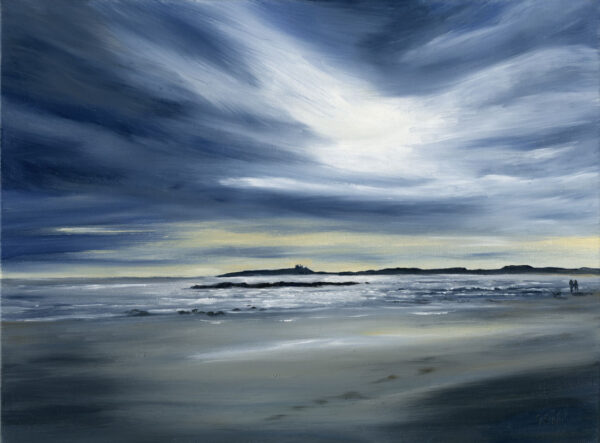
Gillian Gill lives in the northeast coastal city of Sunderland in the UK and spends her time capturing the beautiful beaches nearby.
“My oil paintings are inspired by my walks along this coast, the wilder coast of Northumberland, particularly Lindisfarne, as well as visits to the Scottish Isles.
“The constantly changing light, reflecting in the wet sand, inspires me to paint either soft muted blues and ochres, or the dramatic lights and darks of sunshine in stormy skies and sea. The same scene can play out so many moods depending on the weather and time of day or season.”
William Swann
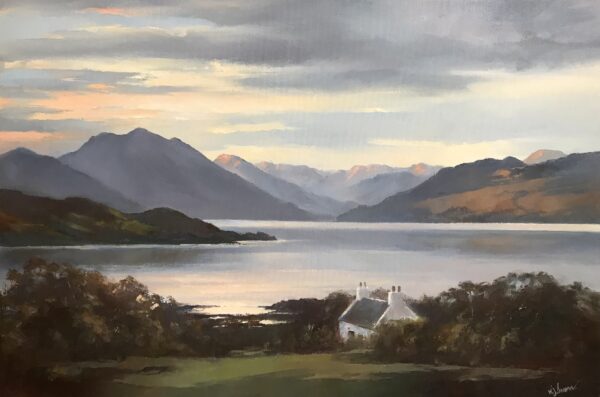
Painting en plein air is how landscape painters absorb every element of their environment, rather than just what they see. Through the work of a plein air painter, we get a feeling for the view and the emotional quality of the image.
Artist William Swann takes on the challenges that come with the wilds of the Scottish Highlands.
“There is a spiritual dimension to the places I paint and trying to capture that sense and feeling in my work is a challenge,” he explains. “My work is freely painted, much of it with a painting knife. I like working the paint with a knife to produce subtle blended effects as well as texture and broken paint effects.”
Christopher Witchall
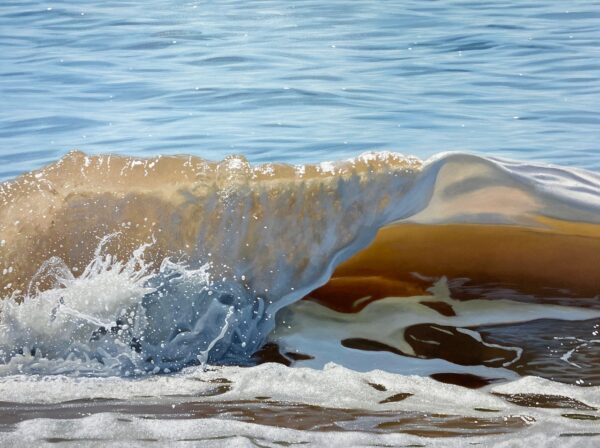
Christopher Witchall considers his camera a vital part of his artistic practice, using it to record details and the minutia that might otherwise go unnoticed while framing a landscape.
“My artwork is the result of two passions of mine: a love of traditional painting and drawing techniques and a fascination with the photographic image.
“Armed with a camera at all times, I photograph the world around me; recording events, familiar and unfamiliar landscapes and seascapes, urban street scenes, observations that evoke memories and (as an artist) anything visually interesting that catches my eye. These are not art photographs but a personal visual journal.”
Some of these photographs become the inspiration and reference for highly detailed, realist paintings and drawings. “They are a marriage between the language and conventions of the photographic image and the processes and techniques of depicting reality in painting and drawing,” he explains.
Mark McLaughlin
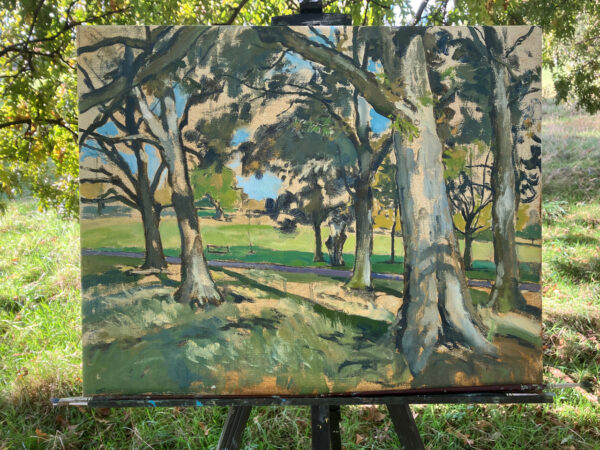
London-based artist Mark McLaughlin will often work with photography — and more unusually — video in preparation for his oil paintings.
“I work in situ as much as possible when painting in oils, I will make a sketch sometimes to work out the composition and size and record the light at a certain time of day. Which is really important if you want to go back and continue the same painting.
“I’ll have different-sized primed boards to paint on or make up a canvas to fit the composition especially if they are more panoramic views.
“I do take photos but as an aid and sometimes videos; it’s a great way of reminding yourself of the place and atmosphere when you are back in your studio.”
Mark works in both oil and watercolor mediums — a real challenge when it comes to working in the same space. “My studio is divided up between my watercolor commissions and my oil paintings. So it’s great to work within two different mediums.”

